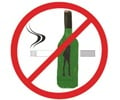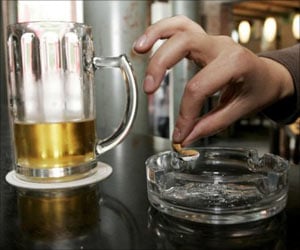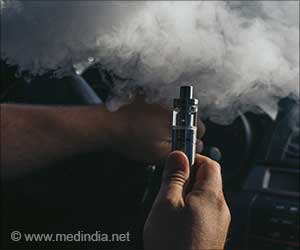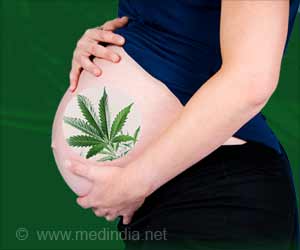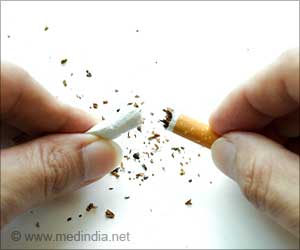Mixing energy drinks with alcohol appears to be popular among Italian university students
Mixing energy drinks with alcohol appears to be popular among Italian university students
Energy drinks have become more and more popular in recent years. Of particular concern is the increasing, and potentially dangerous, use of energy drinks and alcohol.New findings indicate that this practice is significant among university students in Italy. Energy drinks – known for their stimulant effects on the central nervous system – have become more and more popular among young people in recent years. Of particular concern is the growing, and potentially dangerous, use of energy drinks in conjunction with alcohol. New research indicates that this practice exists to an alarming degree among some university students in Italy.
Results are published in the October issue of Alcoholism: Clinical & Experimental Research. “The main components of energy drinks are caffeine, taurine, carbohydrates, glucuronolactone, inositol, niacin, pantenol, and beta complex vitamins,” said Gioacchino Calapai, associate professor of pharmacology and toxicology at the University of Messina, Italy. “In 2006, an Italian magazine noted that more and more young people in Italy were consuming energy drinks, and asked me to comment on its combined use with alcohol, which prompted our research.” Calapai is also the corresponding author for the study.
Michele Navarra, also an associate professor of pharmacology at the University of Messina, said that despite this growing awareness among the media and researchers that the combined use of energy drinks and alcohol was on the rise, hard data was lacking. The most popular brand of energy drink in Italy, noted Navarra, is Red Bull.™
For this study, the authors interviewed 500 students at the School of Medicine at the University of Messina about their use of energy drinks, alone and/or in combination with alcohol. Of the 500 total, 450 students (191 males, 259 females) also completed a questionnaire.
Results indicate that a significant proportion (56.9%) of the students consumed energy drinks. Nearly half (48.4%) of these reported mixing energy drinks and alcohol; and 35.8 percent had consumed that combination more than three times in the preceding month.
Advertisement
“Normally, in my country, our youth have tended to drink their alcohol with meals,” said Calapai. “This new manner of alcohol consumption, mixing it with energy drinks, is largely due to a ‘silent promise’ of escaping the undesirable or sedating effects of alcohol and increasing the desired increase in excitation caused by alcohol.” He blames much of this change in drinking habits on advertising methods that target youth.
Advertisement
Although Calapai noted that traffic accidents caused by drunk driving, sometimes fatal, are a very real and daily problem in Italy, he could not say with any certainty if this might be linked to the practice of combining energy drinks with alcohol. Both he and Navarra suggested that it would nonetheless be wise for parents to educate themselves about this very possibility.
“Young people can try to consume alcohol in such a way – such as combining it with energy drinks – in order to avoid unwanted effects, such as sedation,” said Calapai. “This kind of behaviour is not new in the world of abuse, and often addicted people will use stimulant substances with sedative ones with the aim of counteracting the undesirable effects of both drugs. But this combination is only masking some of alcohol’s characteristics, the damage is still occurring.”
“In Italy, as in other countries,” said Navarra, “parents should realize that their children, and their children’s friends, could be among those individuals who are at risk for alcohol-related dangers. Energy drinks may be just one more conduit to get to that place.”
Source-Eurekalert
LIN/C





